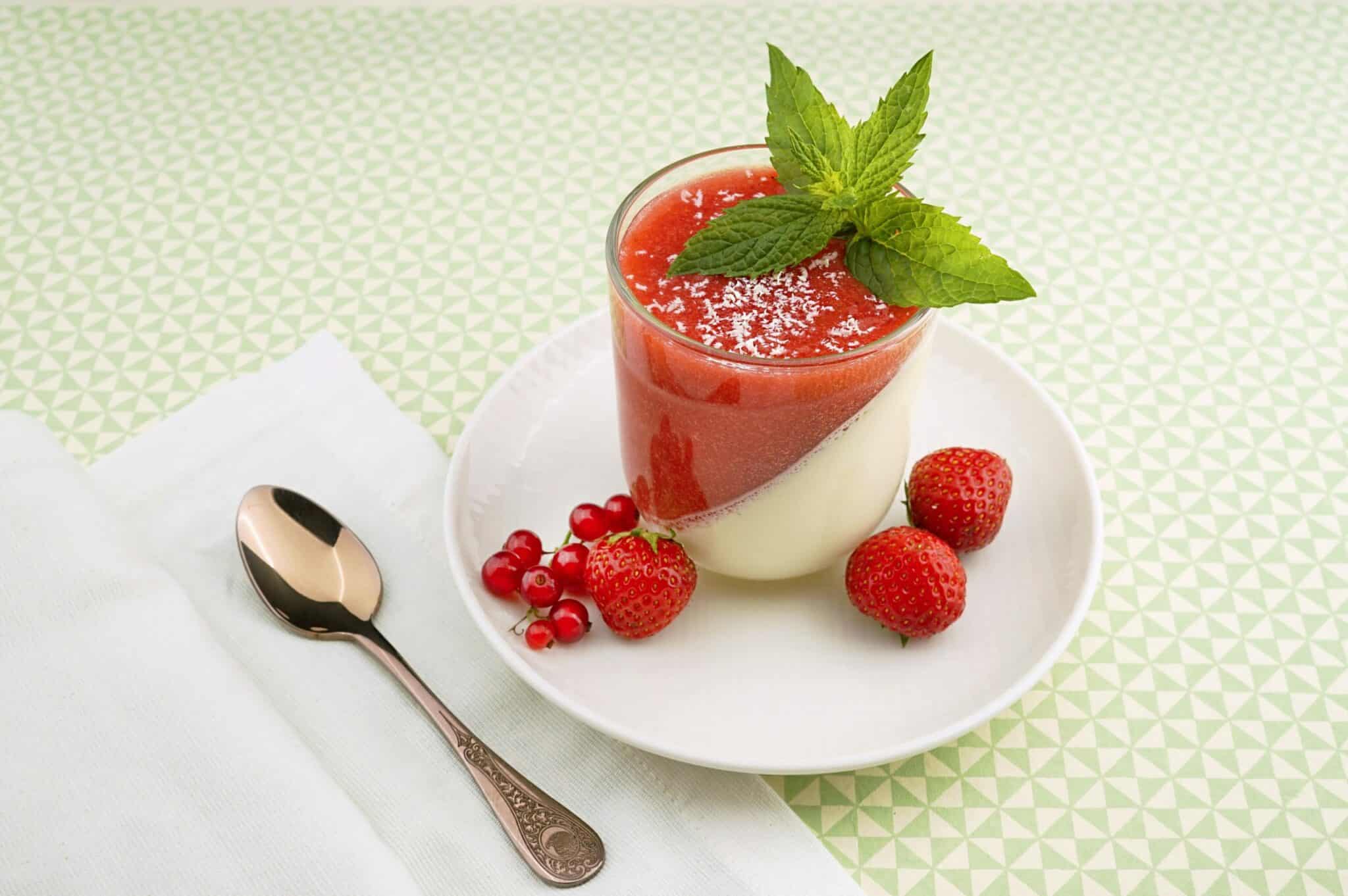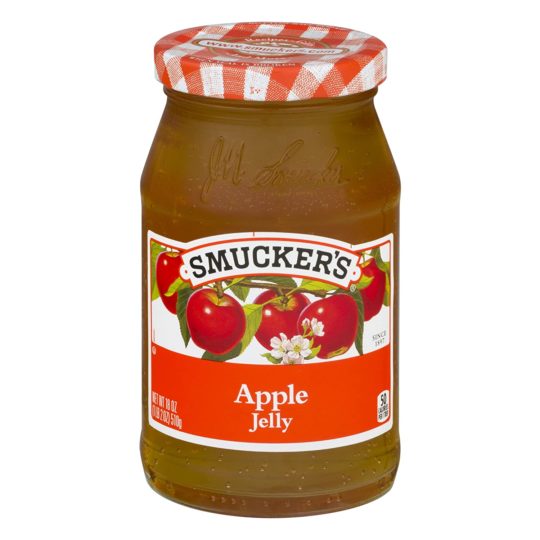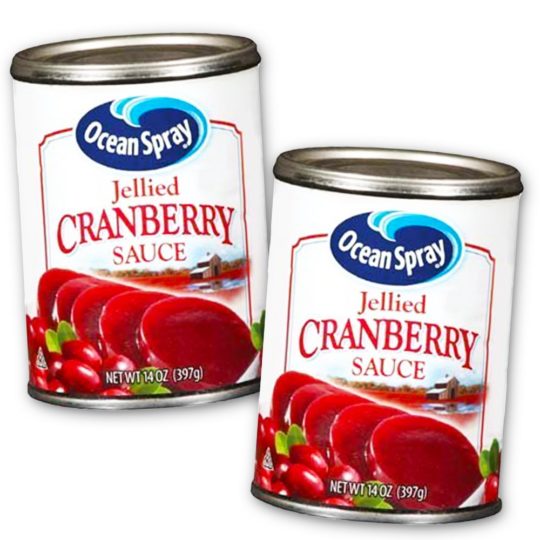Roast Beef Gravy Redcurrant Jelly Substitute
Although black and red currants can make jelly, red currant jelly is far more popular. Red currants have a deep, beautiful color. The jelly made from them is used in sauces, baked products, salads, and other dishes to produce a delicious tart flavor that many people find desirable.

Currant jelly may not always be available for use despite its great taste and versatility in use. As such, it is necessary to consider the use of substitute options in its absence. However, many options can work in this regard. For example, we have suggested some of them for possible use the next time you run out of currant jelly in the middle of making your favorite recipes.
It is important to substitute these options in place of currant jelly in the right recipes, especially depending on the reason for needing currant jelly in the first place. Some substitutes work better than others in certain recipes, so it is important to keep this in mind.
Best Substitutes for Currant Jelly
What is Currant Jelly?
Currant jelly also referred to as redcurrant sauce, is an English condiment made from redcurrants (ribs rubrum), sugar, and rosemary. Additional components in some other versions include red wine, white wine, port, mustard, lemon or orange zest, and, on rare occasions, shallots. Redcurrants are high in natural pectin and acid, making them ideal for jelly manufacturing.
The sauce is traditionally served with a Sunday roast, especially lamb, goose, or roast turkey. It is a staple of British Christmas dinner. The sauce is also a popular side dish with a variety of games. It's extremely similar to Cumberland and Oxford sauces that have port added to their ingredients, albeit a little simpler.
Currant jelly can be employed in many cooking procedures to produce a tart sweet-tasting effect in a wide variety of recipes.
Uses of Currant Jelly in Recipes
Currant jelly has a distinct tart-sweet flavor, making it the ideal finishing touch for baked items. The acidity of redcurrant jelly complements meat's richness, making it a typical accompaniment in recipes such as roast lamb. It goes well with poultry, sausages, and oily fish as well.
Adding a teaspoon of currant jelly to caramelized onions or Sunday gravy makes a huge difference. For example, suppose you melt some redcurrant jelly and brush it over a strawberry or raspberry tart. In that case, the berries will glisten like rubies. Currant jelly has been shown to have a wide range of applications in cooking procedures.
Some of the other recipes in which current jelly is usually employed include the following:
- Braised red cabbage with red currant jelly
- Red currant jus
- Lamb shanks in Red wine gravy
- Corned beef with red currant-mustard sauce
- Pan-fried duck breast with red currant jelly
- Roast leg of lamb with redcurrant glaze
- Chicken liver pate with red currant gelee
- Beef stew with cream and red currant jelly
- Roast beef with redcurrant gravy
- Fillet steak with redcurrant sauce
- Currant-glazed Cornish hens
- Sticky red currant-glazed corned beef
- Chicken liver parfait with rosemary and red currant jelly
- Venison Steak Bourguignon
- Red currant and rosemary lamb shanks
- Grilled halibut with red currant garlic sauce
Substitutes for Currant Jelly
Suppose you're in the mood for some of your favorite treats and don't have any current jelly to use in your recipes. In that case, it could be good to try out one of the alternatives we have suggested for you.
Consider experimenting with one of the following:
Grape jelly

Two recommended substitute options can work effectively as red currant jelly replacements. These recommended options are two different grape jellies. The first is "normal" grape jelly, produced from concord grapes, and can be obtained in most grocery stores and is already on most people's pantry shelves. The other is muscadine grape jelly, which is less popular than normal.
Muscadine grapes are good to eat right off the vine, but they're more commonly processed into jelly because of their thick peel. The grape jellies made from concord and muscadine grapes are sweet rather than sour. Still, they will make for excellent additions to recipes in place of currant jelly.

Apple jelly

Another jelly option that can replace the current jelly is apple jelly. Apple jelly is a soft apple juice-based fruit spread, and it's sweetened with sugar and cools to the consistency of store-bought jelly.
In recipes such as tomato and melon salad, apple jelly can be used in place of red currant jelly. If you want to take it a step further, prepare a tart alternative for red currant jelly by combining three parts apple jelly and one part lemon juice.
Cranberry sauce

Cranberry sauce, sometimes known as cranberry jam, is a sauce or relish popularly used as a condiment or side dish with Thanksgiving meal in the United States and Christmas dinner in the United Kingdom and Canada. The sauce's flavor varies depending on where it is made: in Europe, it is normally slightly sour, whereas, in North America, it is typically more heavily sweetened.
When both flavor and color are important in a recipe, the best substitute for red currant jelly may not necessarily be another jelly. For instance, when preparing a glaze for roast lamb, we recommend using cranberry sauce over other options in place of red currant jelly.
Frequently Asked Questions (FAQs)
Is red currant jelly the same as jam?
Red currant jelly is not the same as jam, but it has all of the same amazing qualities, such as scorching your tongue on the remains in the pan. No lemon juice is required because red currants have a high pectin content.
Are red currants good for you?
Strawberries, raspberries, blackberries, blueberries cranberries, elderberries, chokeberries, blackcurrants, and redcurrants are considered the most nutritious fruits. They are high in critical nutrients like minerals, vitamins, and fiber.
What is the difference between red currant jelly and black currant jelly?
The flavor of red currants is light and sweet. Black currants have an intense, sweet-tart flavor akin to blackberries and are higher in vitamin C. Black currant leaves also have a strange, musky fragrance.
Conclusion
Currants are berries that can be black or red and are widely used in jellies and jams. Currant jelly is a sweet and tangy jelly found in various cuisines. Its use is quite popular because it imparts this tangy-tasting quality into recipes into which it is introduced.
However, if you don't have any current jelly, several substitutes can work in its place. Try out one of them to experience a different taste. Who knows, you might be well on your way to discovering a new favorite!
Source: https://blogchef.net/substitutes-for-currant-jelly/
0 Response to "Roast Beef Gravy Redcurrant Jelly Substitute"
Post a Comment